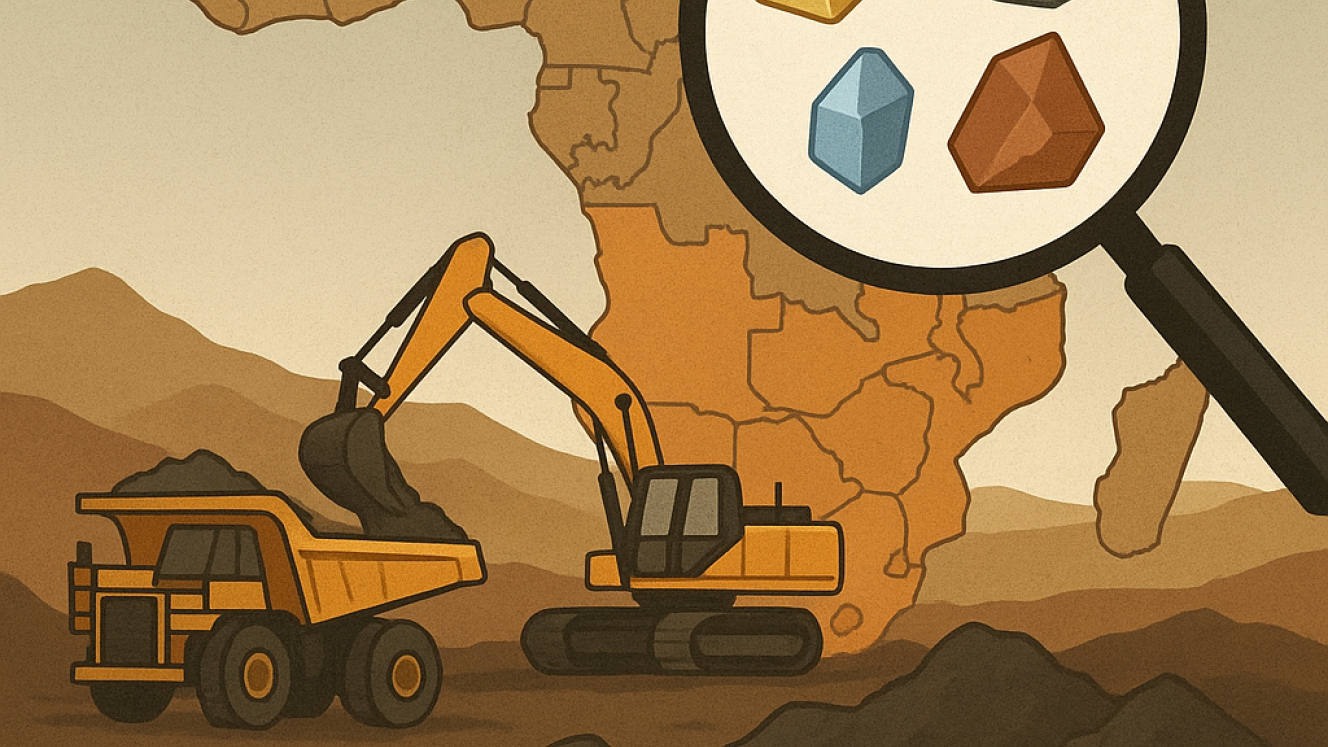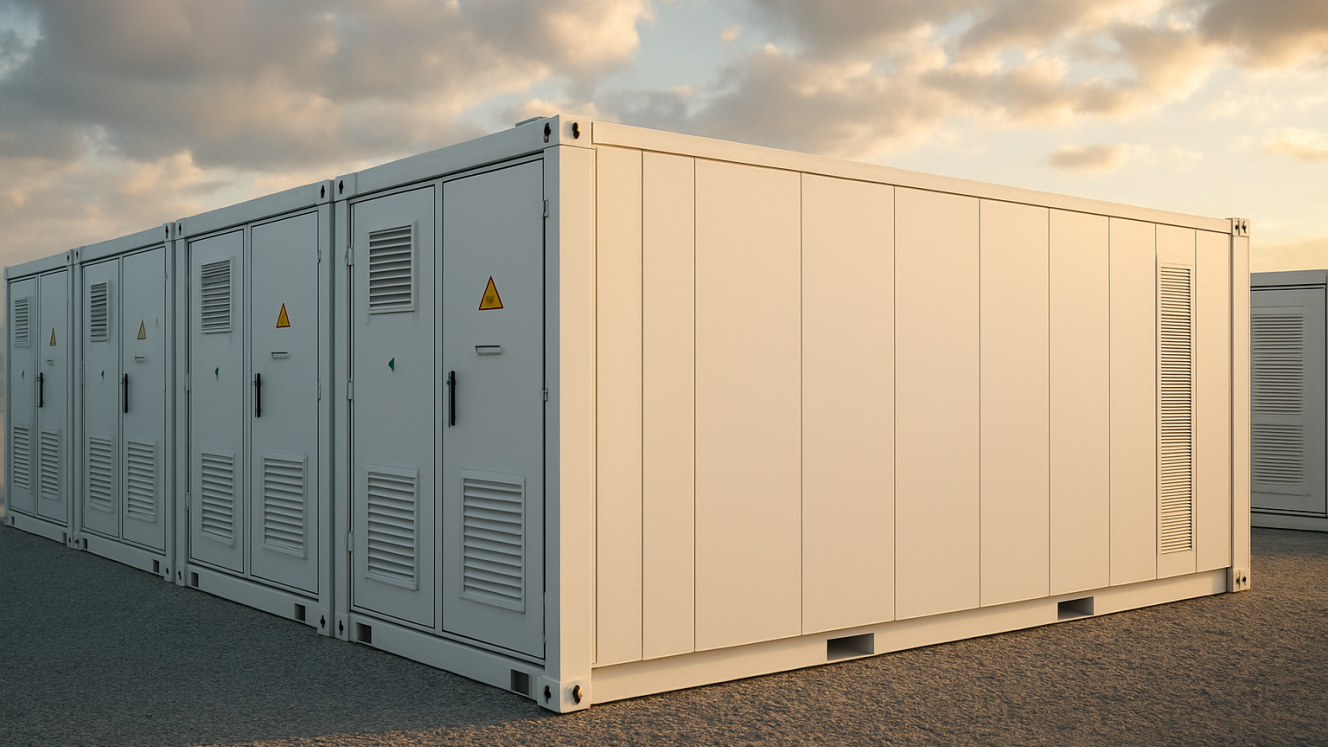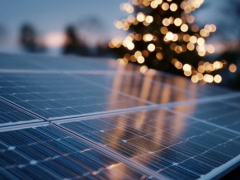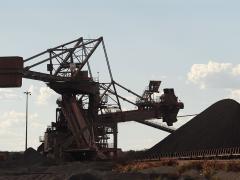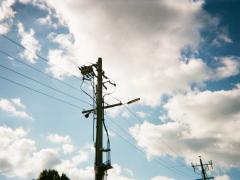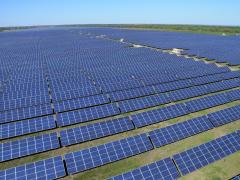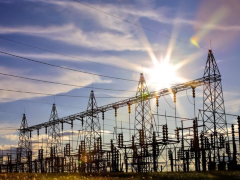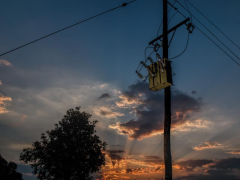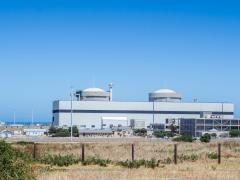The Southern African region holds nearly a third of the world’s critical mineral reserves essential to the global energy transition but this potential remains largely untapped due to policy, infrastructure and investment constraints.
This is according to a new report from the International Energy Agency, which notes that the region (comprising Angola, Botswana, Lesotho, Malawi, Mozambique, Namibia, South Africa, Swaziland, Zambia and Zimbabwe) has over US$9 billion in critical mineral projects in the pipeline. However, only 10% of these have secured funding and progressed to construction or feasibility stage.
Fewer than 25% of the projects are considered probable, underscoring investor concerns about regulatory uncertainty and logistical challenges.
“Without significant investment to de-risk projects and build refining and midstream capacity, the region risks missing the opportunity to capture more value from its resources, strengthen its role in the global energy transition and create economic opportunities for local communities,” the report says.
According to the US Geological Survey, South Africa alone holds an estimated 10 years of chromium, 76 years of manganese, 54 years of vanadium and 328 years of platinum group metals at 2024 production levels – all critical inputs for wind turbines, batteries and solar panels.
To address constraints, the World Economic Forum is coordinating the Securing Minerals for the Energy Transition initiative in partnership with the Development Bank of Southern Africa. The initiative brings together government, industry and development finance institutions to support scalable mineral value chains in the region.
As part of its recommendations, the forum advocates for regional cooperation to address infrastructure and financing bottlenecks. This includes aligning regulatory frameworks, streamlining permitting processes, and adopting common environmental, social and governance standards to improve investor confidence and enable deeper integration into global supply chains.
